The top five US states people never want to move away from — and the ones they always leave
States like Texas, North Carolina, Georgia, Utah and California do better than anyone else at keeping residents, but being a “sticky state” isn’t everything
The Covid-19 pandemic was, for many people, a unique chance to re-evaluate the places they called home. If you could work remotely, was it worth staying where you were, or taking your salary with you to a place with a lower cost of living?
Indeed, thousands chose to make the move, leaving higher-cost states like California for places like Idaho or emerging tech hubs like Austin, Texas.
But for many Americans, nothing beats your home state.
State-to-state migration has been rising for a decades, but one interesting metric is how “sticky” a state is — a term used to calculate how many people born in the state continue to reside there.
So where does your state stand? And what can we learn from the stickiest states in the US?
The top 5 stickiest states | The bottom 5 stickiest states |
1. Texas | 1. Wyoming |
2. North Carolina | 2. North Dakota |
3. Georgia | 3. Alaska |
4. California | 4. Rhode Island |
5. Utah | 5. South Dakota |
The stickiest states are a mixed bag, politically, economically and geographically.
Texas has the biggest pull for homegrown residents, according to a 2023 study from researchers at the Federal Reserve Bank of Dallas analyzing data from the Census Bureau’s American Community Survey, with approximately 82 per cent staying put.
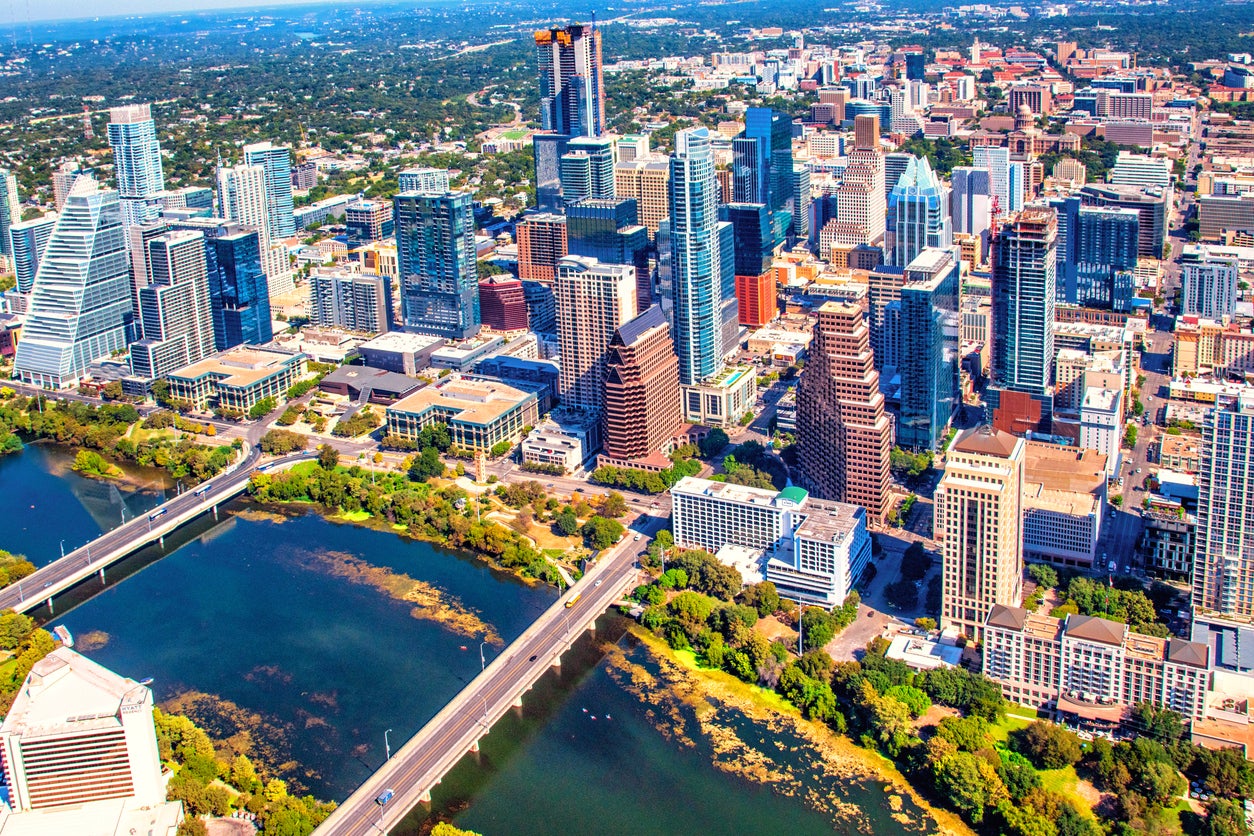
After the Lone Star State, comes North Carolina (75.5 per cent), Georgia (74.2 per cent), California (73.0 per cent) and Utah (72.9 per cent).
On the other end of the spectrum are the least sticky states, like Wyoming (45.2), North Dakota (48.6 per cent), Alaska (48.7 per cent), Rhode Island (55.2 per cent) and South Dakota (54.2 per cent).
While there are some easy takeaways — states with large populations, warm climates, large and vibrant cities, and large physical areas tend to keep people, while smaller or less dense states with tougher weather tend to lose them — the data only tells part of the story.
Speaking to residents from both categories of state, it was clear that the decision to stay or go was often multi-layered, influenced by everything from job prospects to higher education opportunities to family ties and state parks.
Texas is the archetypal sticky state: huge, warm, with big cities, a strong identity and a diversified economy. It also keeps residents with features like a lack of state income tax and the 15th lowest cost of living in the country.
Leticia Macis, 58, is a retired teacher and legal assistant at an immigration advocacy center, who lives outside of El Paso. The dollars-and-cents questions certainly informed her decision to stay in Texas, but so did El Paso’s unique identity, within Texas and the US at large, as a vibrant border city.

Her parents, originally from the Mexican state of Chihuahua, spent time living and working in El Paso, and that’s where they ultimately migrated and raised their family of six.
“Culture has been a big factor,” she told The Independent. “Being a border town, understanding the culture, it’s just so different than other parts of Texas.”
She’s traveled throughout the US – one of her sons lived in Southern California, and another in Arizona — but in those places, “I just dont see the feeling of home, the culture,” she said.
After she retired, she was preparing to move to El Salvador and work as a lay missionary assisting the less fortunate, but now she plans to stay in El Paso for the foreseeable future as her mother recovers from cancer.
For Justin Morris, 30, a musician and carpenter who lives in Durham, North Carolina, a similar mix of family ties, economics, and culture keep him in the sticky state.
His parents live in Winston-Salem, and aside from a brief stint in New York City with friends after college, he’s lived in the state for virtually his whole life, and he likes being near family and the outdoors.
“I have no interest in leaving,” he said. “I feel pretty rooted and really like being here.”
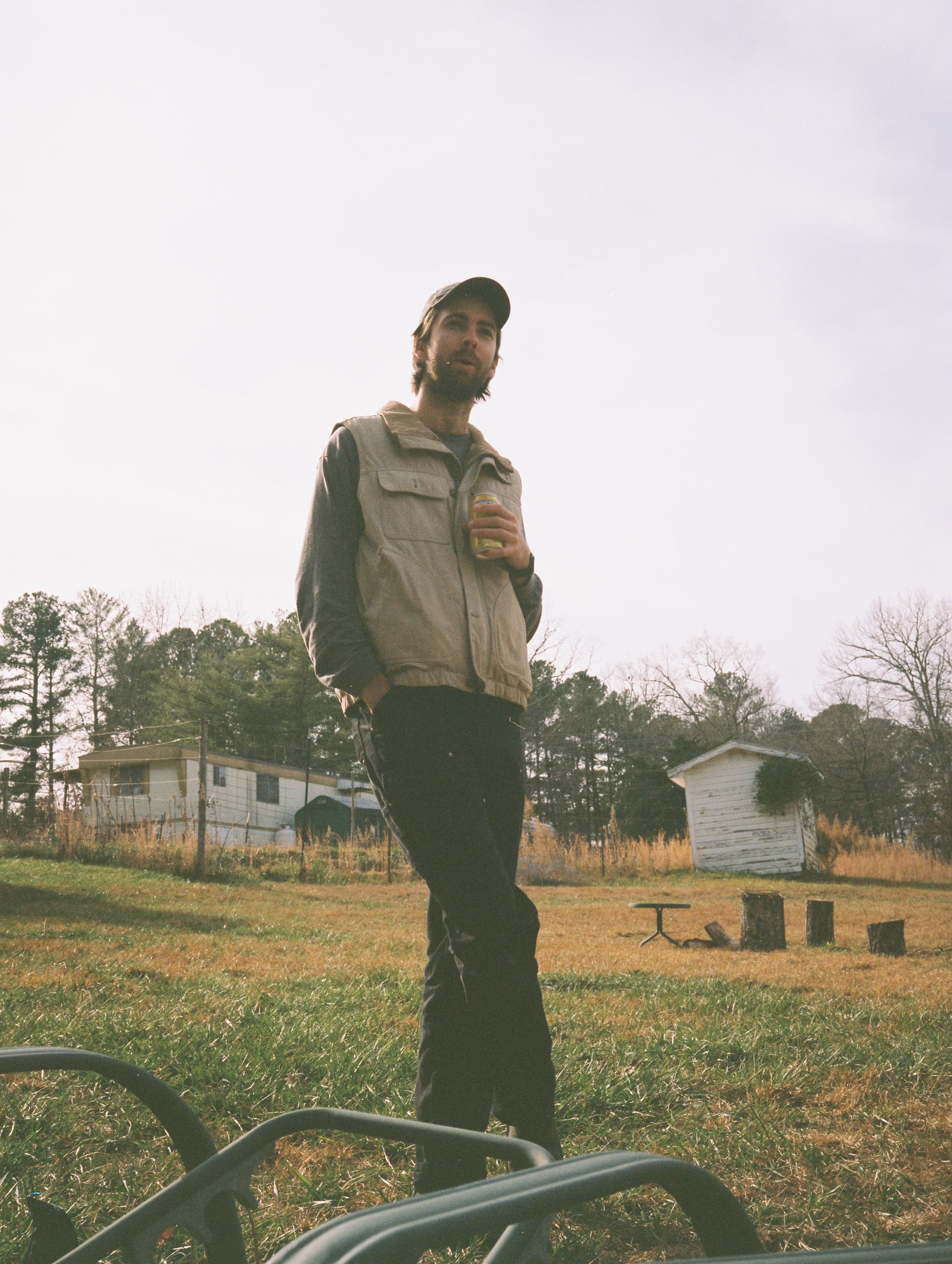
Living within the state’s so-called Research Triangle, home to reknowned universities like Duke and UNC, offers a mix of small-enough city living with a large population of interesting, cultured people seeking out new experiences.
Being in North Carolina, which sits almost perfectly in the middle in terms of cost of living among US states, at number 26, has also afforded Mr Morris the ability to keep pursuing his art. He just bought a house, something that would be out of reach for him somewhere like New York City.
“It’s definitely a lot easier for someone like me to do odd jobs and do art and scrape by...I’m bouncing off the walls that I’m able to do that and stay here a little bit longer,” he said, though he noted that housing costs are going up as remote workers flock to North Carolina.
In other places, the climate — both political and literal — played a large role.
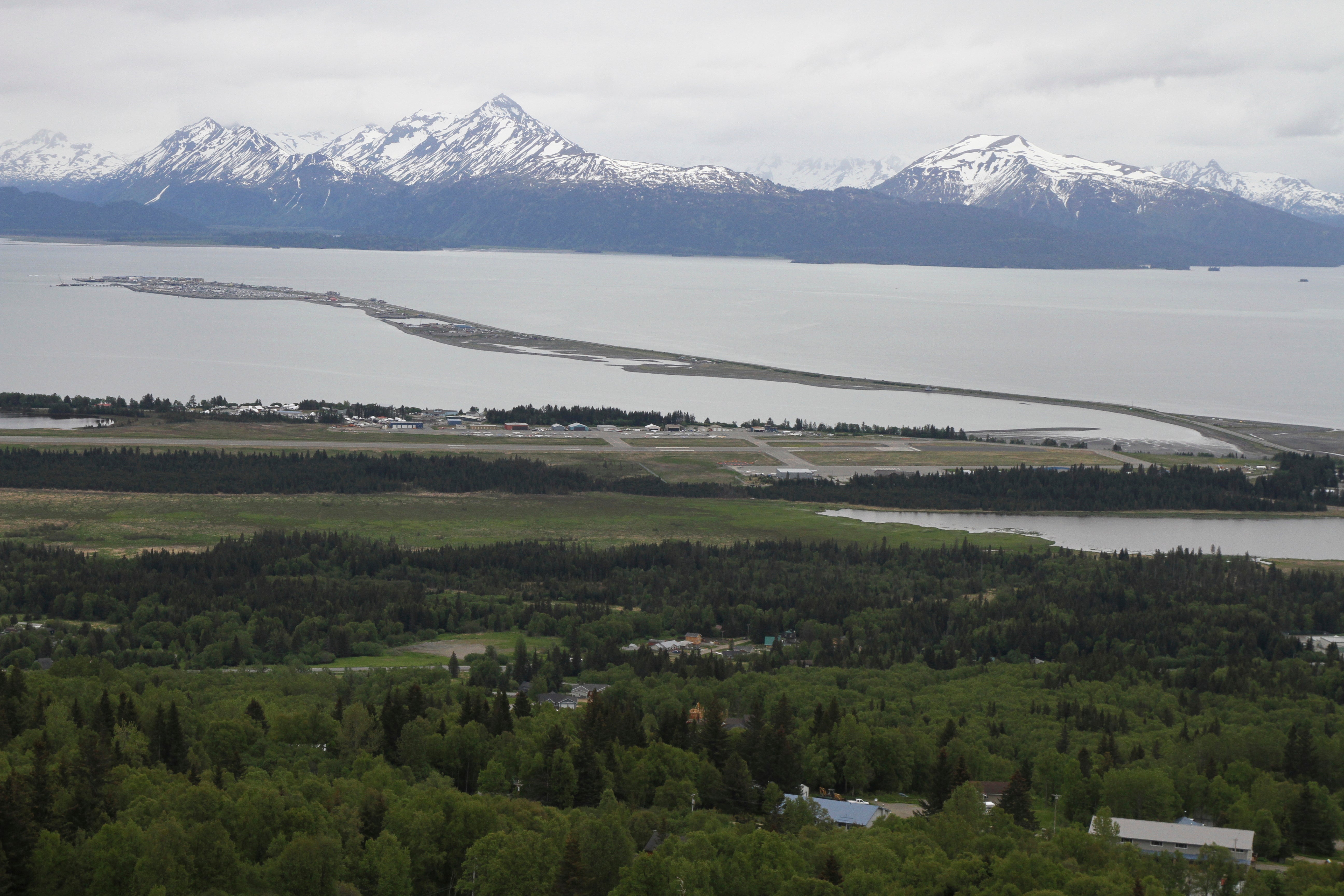
Fabian Bean, 29, was born on his family’s farm in Lazy Mountain, Alaska, but moved to St Paul, Minnesota for college. Growing up, he was an ardent environmentalist and interested in studying politics, a poor fit for Alaska’s universities, some of whose strongest programs relate to extractive industries in the state like oil and mining.
“If you’re interested in anything like I was, you pretty well are already looking out of state,” he said.
He chose Minnesota somewhat by happenstance, as his college offered him the most financial aid, but ended up forming deep ties there. By the time he graduated, began working in politics at the state senate, and bought a house, those roots seemed too deep to disturb. Leaving behind his friends and professional network and returning to the Alaskan winters, which can last upwards of six months, just didn’t appeal.
“I love that I have a place to visit that’s as amazing as Alaska, but it’s hard to think about going back more long-term,” he said.
He also feels called to keep working in the state on progressive issues like family leave and ending wage theft. Mr Bean helped with the passage of the state’s paid family and medical leave law, which was signed into law last year.
“There’s just no way to walk away from that,” he said.
In fact, it was this family leave policy that helped inspire Ashley Marie Sorensen, originally from South Dakota, to settle in the Twin Cities region of Minnesota with her husband and new baby.
She originally left the state as she pursued an undergraduate degree and later a PhD in political science. When she got pregnant, she was living and teaching in Ohio, which lacked a parental leave policy, and federal protections wouldn’t have kicked in until she had been in the state for a full year.
That was just one of the many things that appealed about Minnesota. Whereas her native South Dakota favors a model of low taxes, lacking any state income tax, Minnesota has higher taxes and more social investments. She appreciated the state support for parks and good schools, as well as being in a more urban environment with access to a major airport.
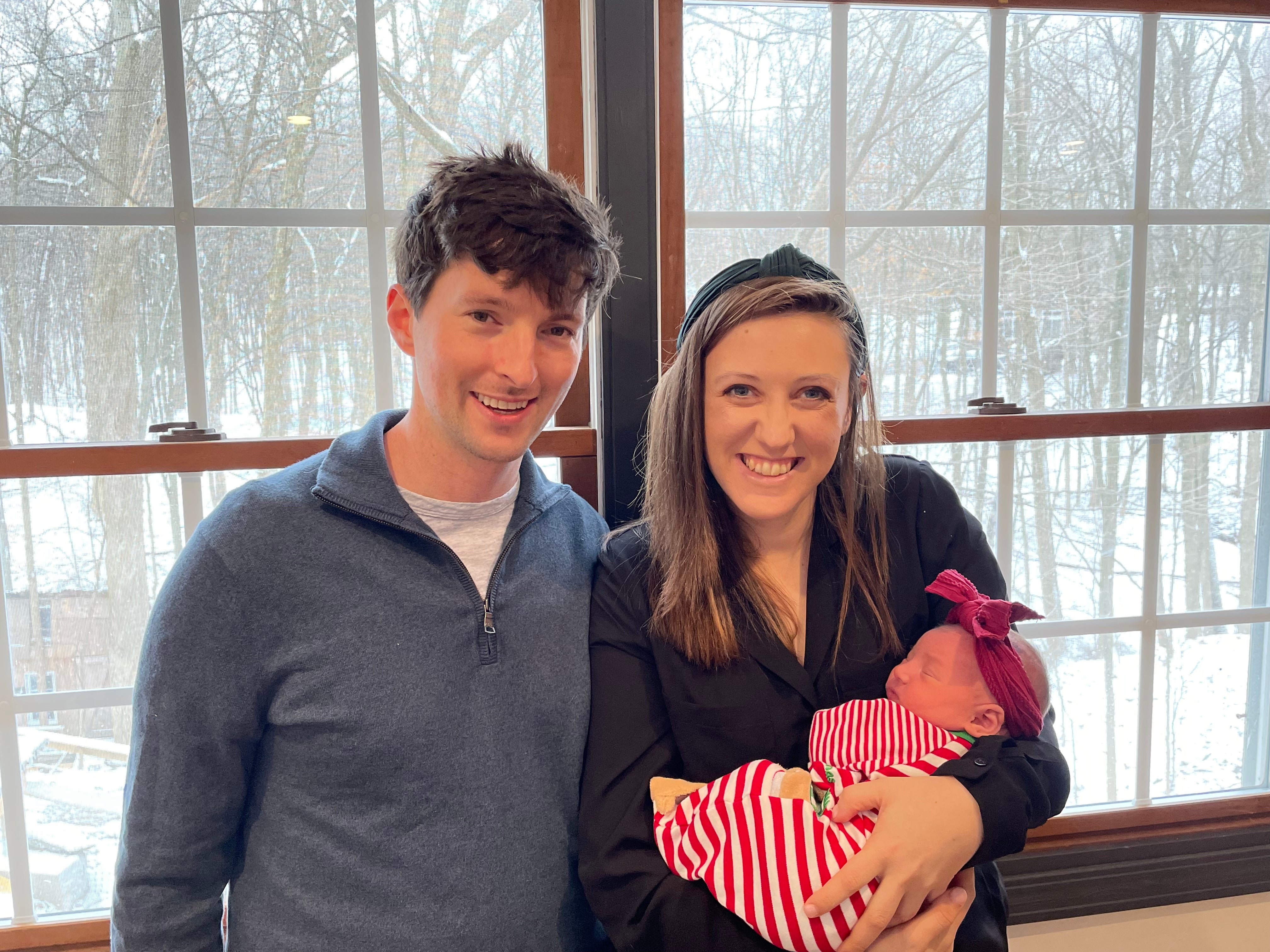
“A big part of it to me is just looking at the schools, in terms of public school ratings, as well as they’re going to have paid parental leave in 2026,” she said, adding, “It was something that influenced our decisionmaking. I just realised how beneficial it [parental leave] can be. In that way it is intertwined with political decisions too.”
Being a poli sci professor, Ms Sorensen also wanted to remind readers that there are even more granular dynamics that likely influence how and why people seek out certain communities, ranging from social capital to the impact of one’s home community, whether a person has grown up relying on a tight-knit band of family and neighbors for support or has been going it alone.
Indeed, the more time you spend thinking about sticky states, the more complicated the picture becomes.
As Pia Orrenius, one of the authors of the Dallas Fed study on sticky states, told The Independent, just retaining residents isn’t necessarily a sign all is well, and losing them isn’t a warning of disaster. In regions like the Northeast, where you can drive across certain states in an hour or two, it’s far more common to leave or work across state lines.
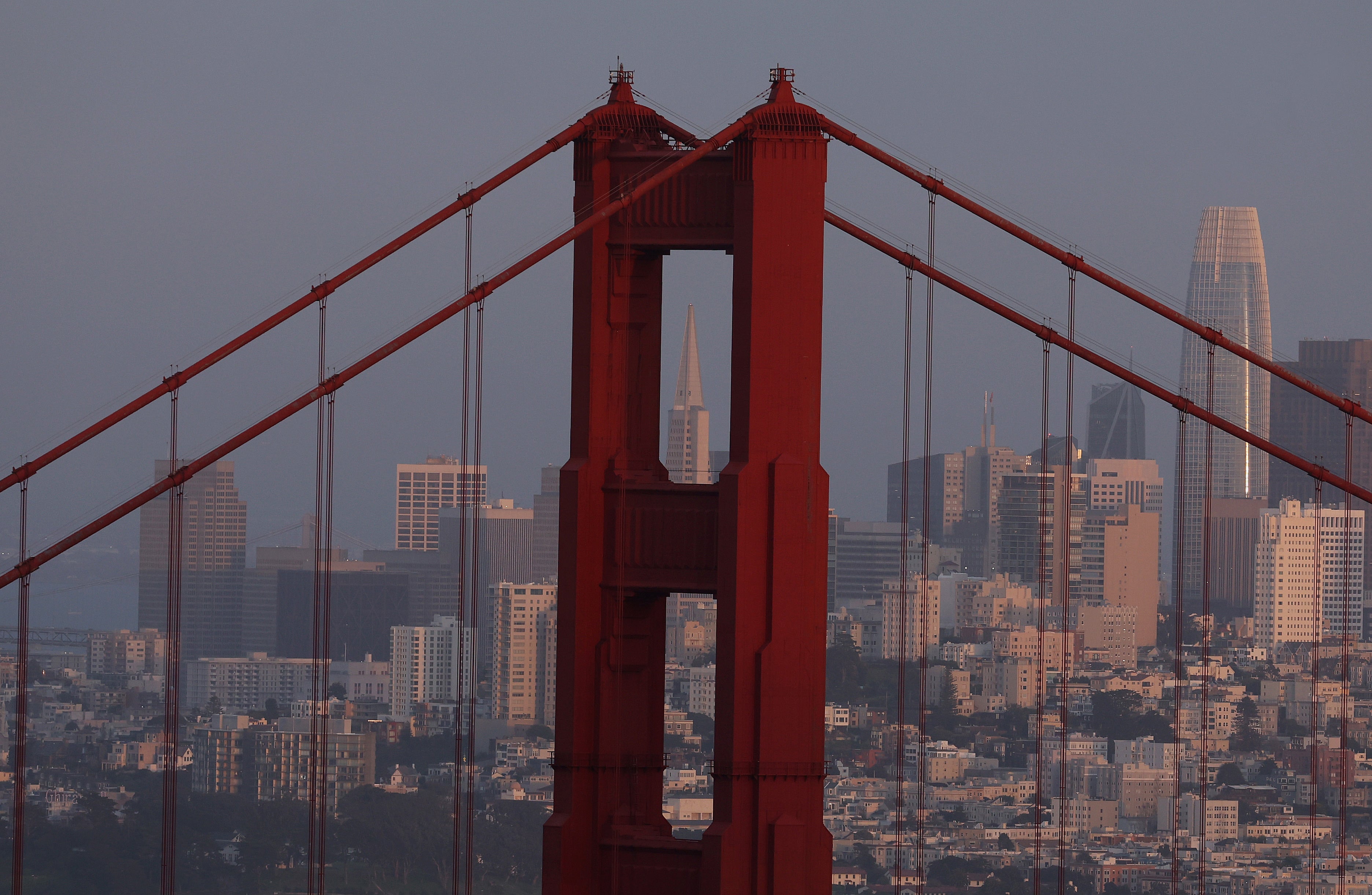
She points to one of the stickiest states, California, as an example. It’s big, has a desireable climate, and a dynamic economy. It also has very low rates of inmigration. People born in California tend to stay there, and state policies like Prop 13, which strongly limits increases in property tax and assesment values, gives even more incentive for those who already own a home to never leave.
“It just becomes a disproportionate burden on new people,” she said. “That doesn’t help. It helps keep people there but it doesn’t help attract new people.”
In fact, during the height of the pandemic, California’s population declined for the first time in its history.
“California needs to figure out how to be more welcoming,” she said.
In the end, Ms Orrenius said, there’s only so much a state can do to change itself. Geography and macro-economics — these are out of state control. But that shouldn’t stop them from trying to keep and attract residents. There are other ways to maintain a vibrant population. California’s dynamism is deeply bound with continued waves of immigration into the state over the last two centuries.
“They should consider what they can do, but at the end of the day, if people are leaving, get them to come, and if people are not coming in, then figure out how to make your state more attractive to newcomers,” she said.
Join our commenting forum
Join thought-provoking conversations, follow other Independent readers and see their replies
Comments
Bookmark popover
Removed from bookmarks